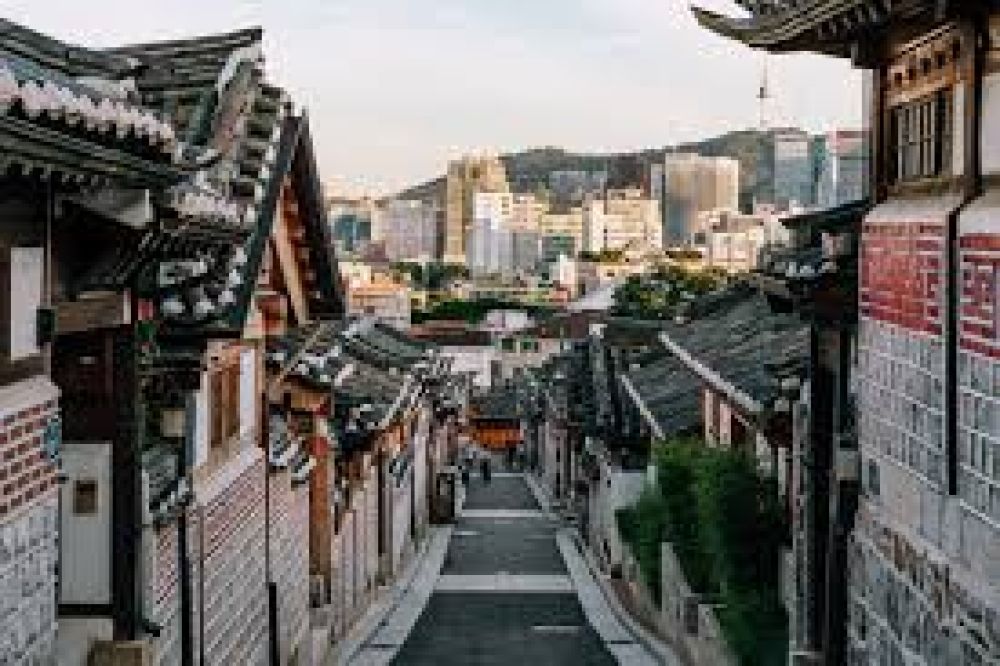

Nestled in the heart of Seoul, Bukchon Hanok Village is a quaint residential area famed for its traditional Korean wooden houses known as hanoks. It is located between two significant landmarks, Gyeongbokgung Palace and Changdeokgung Palace, which emphasizes its historical importance and cultural value. The name "Bukchon" translates to "northern village," aptly reflecting its location in the city.
Bukchon Hanok Village has a rich history dating back over 600 years to the Joseon Dynasty. It was originally a neighborhood for high-ranking government officials and nobility. Its strategic position played a pivotal role in its development as a cultural hub. Over the centuries, the village has undergone numerous changes, managing to preserve its traditional charm amidst the modernization of Seoul.
The tourism history of Bukchon Hanok Village began significantly in the late 20th century when South Korea started encouraging the preservation and celebration of its cultural heritage. As a result, the hanoks became a focus of conservation efforts, transforming them into not just residences, but also cultural spaces hosting galleries, workshops, and restaurants that offer a glimpse into Korea's past.
With the rise of tourism, Bukchon faced challenges balancing modern life with historical preservation. The influx of visitors threatened the tranquility of the area. Efforts by the local government and residents have since been directed towards sustainable tourism practices, ensuring the village maintains its heritage while accommodating tourists.
In recent years, there has been a notable trend towards experiential tourism in Bukchon Hanok Village. Visitors show a keen interest in engaging with the local culture through activities such as wearing traditional Korean attire, the hanbok, and participating in crafts and cooking lessons.
A growing trend is the use of social media and technology through which the Area's historical and aesthetic appeal has attracted a younger, digitally-savvy generation of travelers.
With the global focus on responsible travel, there is also an increasing emphasis on cultural education and respectful visitation practices to protect Bukchon Hanok Village’s integrity and ensure its preservation for future generations.
Bukchon Hanok Village stands as a poignant reminder of Seoul's history, bridging the past and present. As tourism evolves, the village retains its essence as a living museum, offering a unique cultural experience that continues to enchant both international and local visitors.